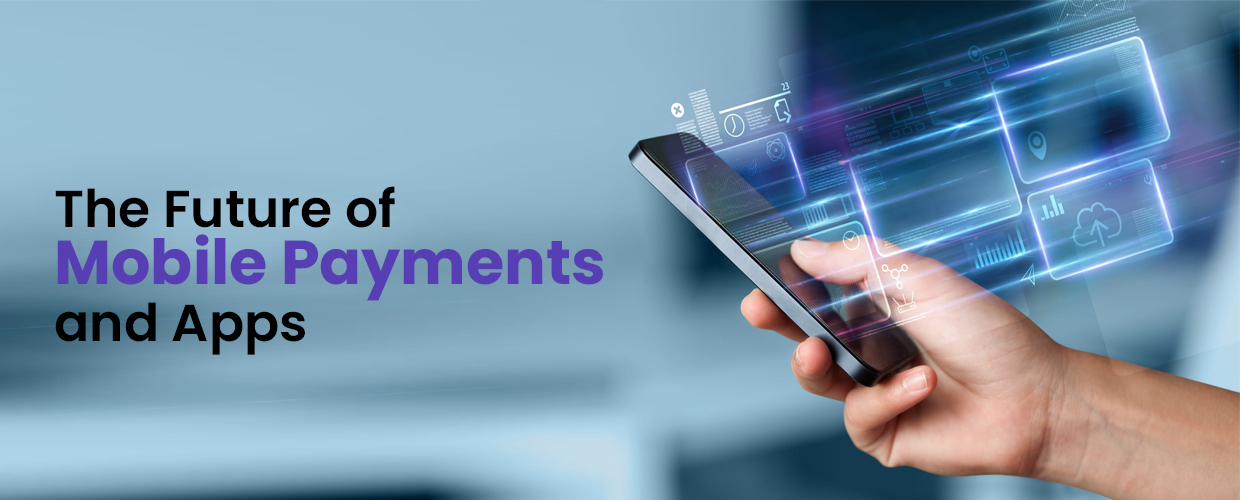Technology has changed the way we interact with each other, and the way we conduct transactions. The advent of mobile payments and apps has revolutionized the way we pay for goods and services.
With the rise of e-commerce, mobile payments have become a popular alternative to traditional payment methods such as cash and credit cards. Mobile payment apps have made it easy to make payments from anywhere, anytime, with just a few taps on your smartphone.
Mobile payment apps have been around for a few years now, and they have already made a significant impact on the payments landscape.
They have made payments faster, more secure, and more convenient. With the advances in technology, we can expect mobile payment apps to become even more prevalent in the future.
In this blog post, we will discuss the future of mobile payments and apps and how they are likely to evolve in the years to come.
The Rise of Mobile Payment Apps
Mobile payment apps are becoming increasingly popular around the world. In 2020, the global mobile payment market was valued at USD 1.48 trillion, and it is expected to grow at a CAGR of 29.0% from 2021 to 2028. The growth of mobile payment apps can be attributed to several factors, such as the rise of e-commerce, the increasing adoption of smartphones, and the growing number of people who prefer to use digital payment methods.
Mobile payment apps allow users to make payments using their smartphones, eliminating the need for physical cash or credit cards. They offer a fast, secure, and convenient way to make payments from anywhere, anytime. Mobile payment apps can be used to pay for a variety of goods and services, including groceries, bills, and transportation.
The Future of Mobile Payment Apps
The future of mobile payment apps is bright, with several technological advancements expected to shape the industry in the coming years. Some of the trends that are likely to dominate the mobile payments landscape in the future include:
- Increased Integration of AI and Machine Learning
Artificial Intelligence (AI) and Machine Learning (ML) are two of the most significant technological advancements of our time. They have the potential to revolutionize the way we make payments, by providing personalized and intelligent payment solutions.
AI and ML can analyze user data to provide personalized recommendations, making it easier for users to find the products they need and pay for them quickly and securely.
- More Secure Payment Methods
Security is a critical concern when it comes to mobile payments. With the rise of cybercrime, users are increasingly wary of using digital payment methods. To address this concern, mobile application development companies are working on developing more secure payment methods, such as biometric authentication and blockchain technology.
These technologies are expected to make mobile payments more secure and reduce the risk of fraud.
- Expansion of Mobile Payments in Developing Countries
Mobile payments have already made significant inroads in developed countries, but there is still a vast untapped market in developing countries. With the increasing adoption of smartphones in these countries, mobile payments are expected to become more prevalent in the future.
This trend is likely to drive innovation in the mobile payments space, as mobile application design and development companies work to create solutions that are tailored to the needs of these markets.
- Integration of Social Media
Social media has become an essential part of our daily lives, and it is increasingly being used as a platform for commerce. In the future, we can expect mobile payment apps to integrate with social media platforms, making it easier for users to buy products and services directly from their social media accounts. This trend is likely to drive the growth of social commerce, which is expected to become a significant part of the e-commerce landscape in the coming years.
- Integration of IoT Devices
The Internet of Things (IoT) is expected to transform the way we live our lives, and it is also expected to have an impact on the mobile payments landscape. In the future, we can expect mobile payment apps to integrate with IoT devices, allowing users to make payments directly from their smart devices. For example, users could make payments for groceries or transportation directly from their smart fridge or car.
- Integration of Augmented Reality
Augmented Reality (AR) is another technology that is expected to shape the future of mobile payments. With AR, users could point their smartphone cameras at a product and receive information about the product, as well as the ability to purchase it directly from the app. This trend is likely to drive the growth of mobile commerce, making it easier for users to make purchases from anywhere, anytime.
Conclusion
Mobile payment apps have already made a significant impact on the payments landscape, and they are expected to continue to grow in popularity in the coming years. With the advancements in technology, we can expect mobile payment apps to become even more prevalent, offering faster, more secure, and more convenient payment solutions.
As the best mobile app development companies in the USA continue to innovate and develop new solutions, we can expect to see an increasing number of mobile payment apps that are tailored to the needs of different markets and users. Whether you are a consumer looking for a fast and secure way to make payments, or a business looking to streamline your payment process, there is no doubt that mobile payment apps will play an increasingly important role in the future of commerce.







